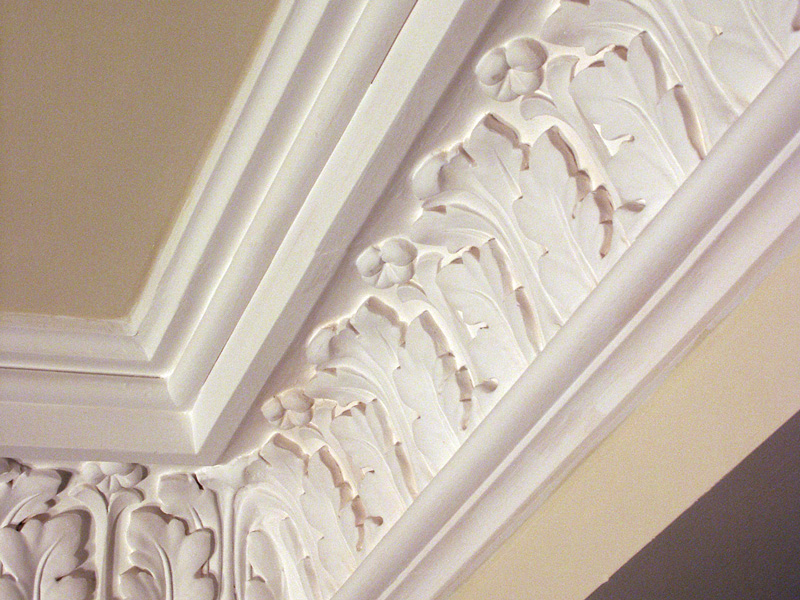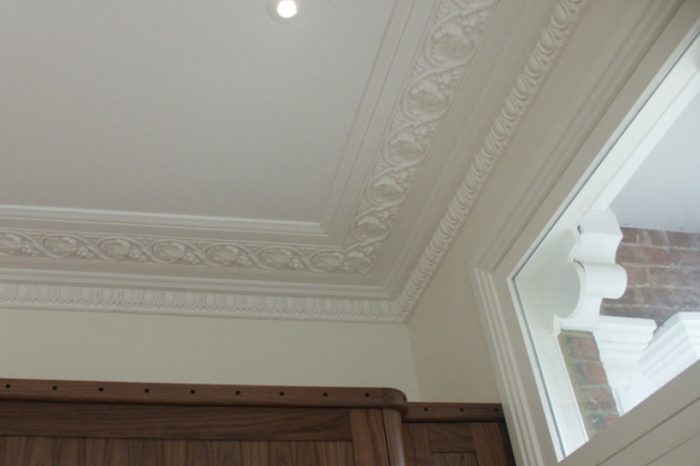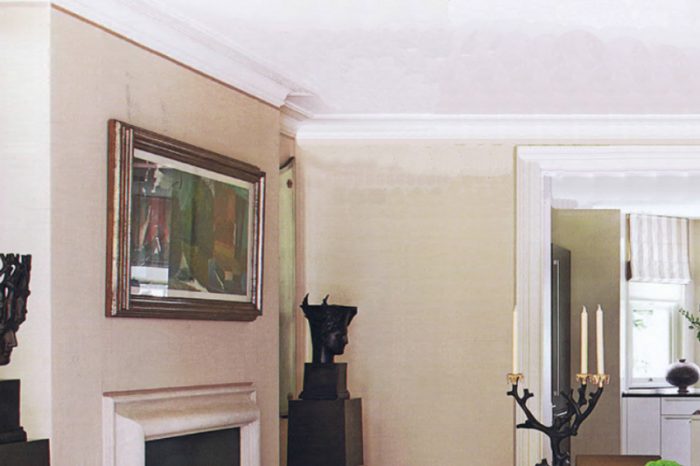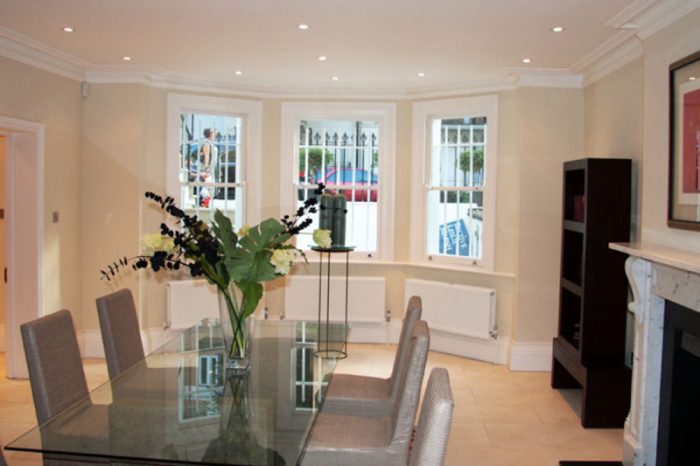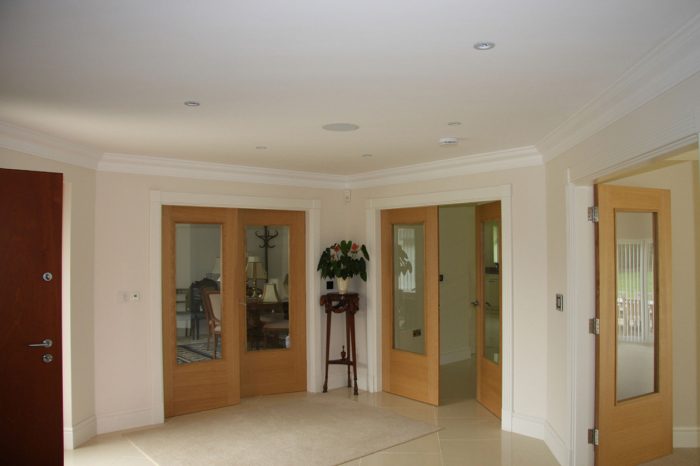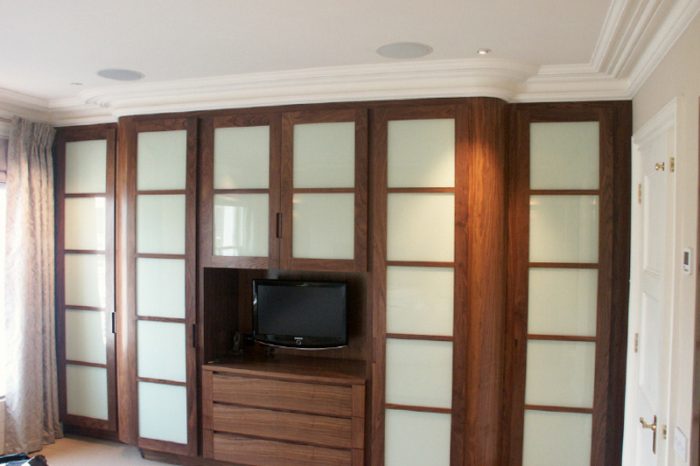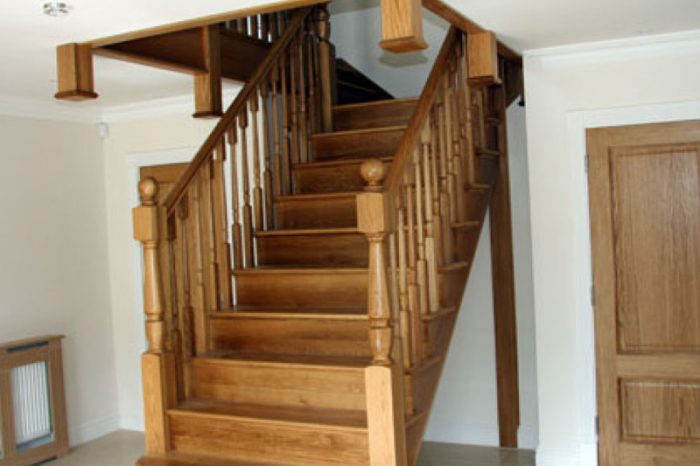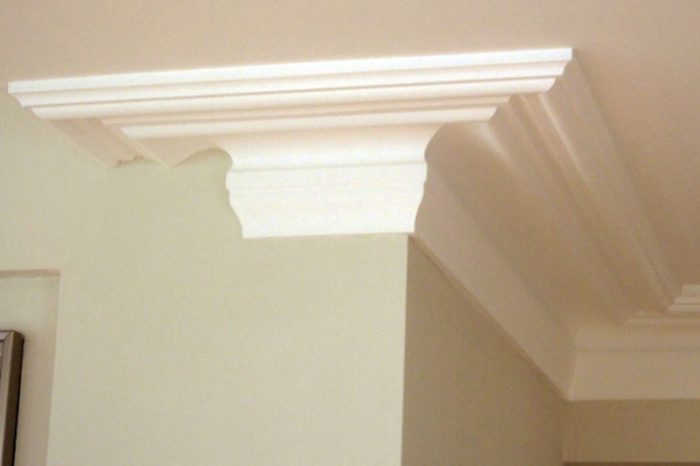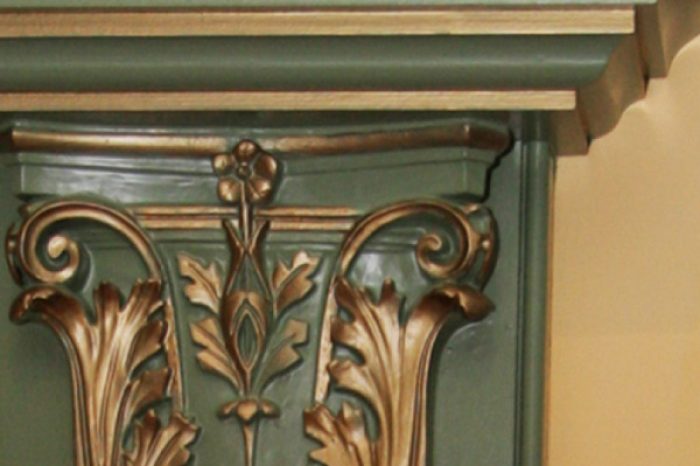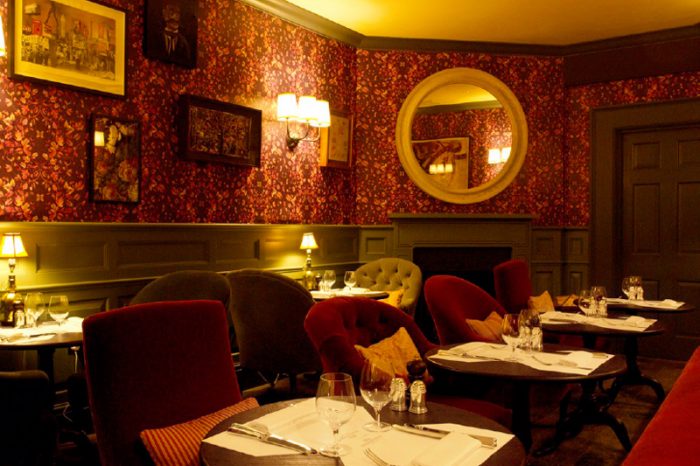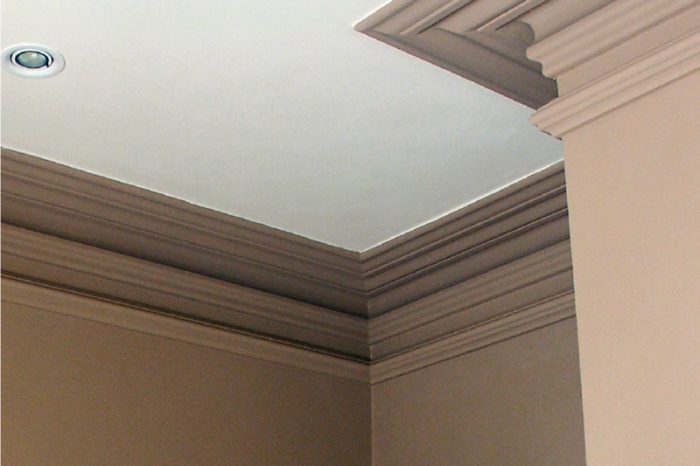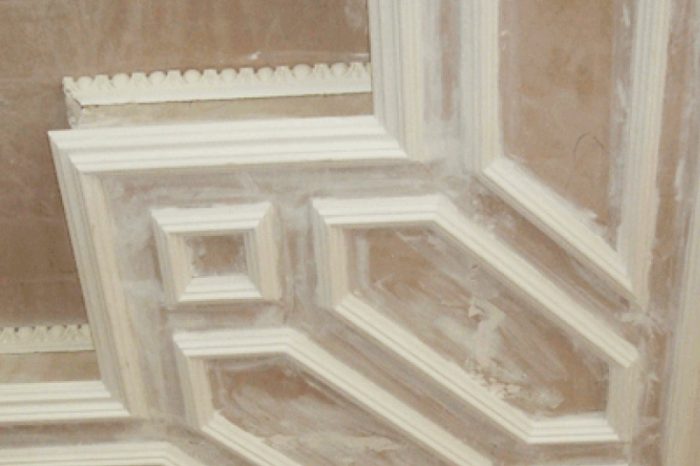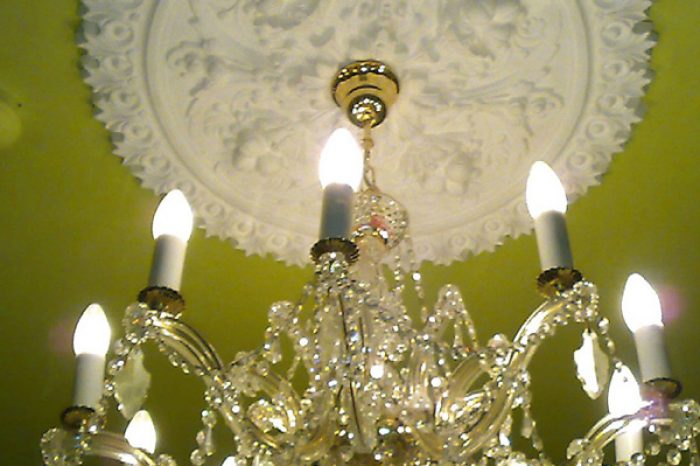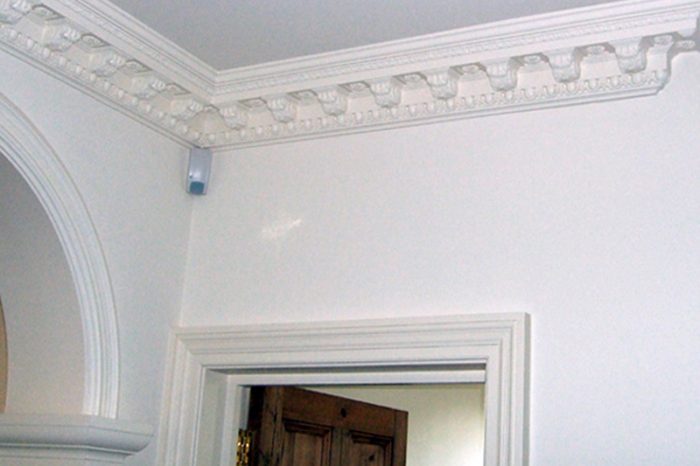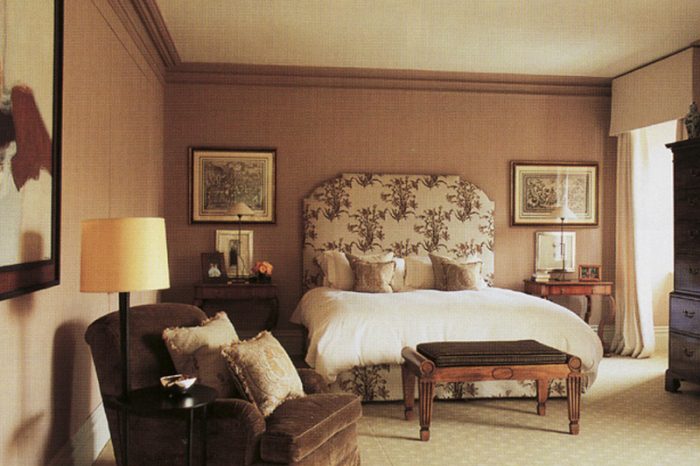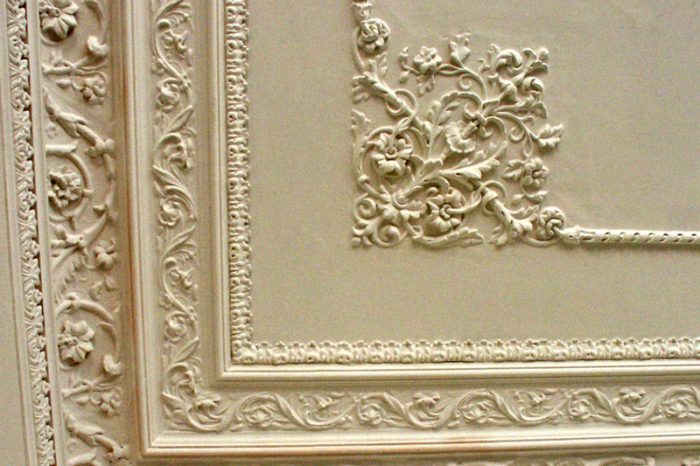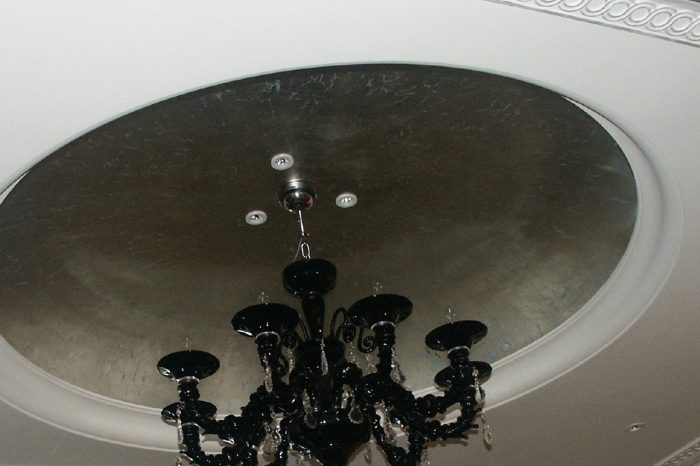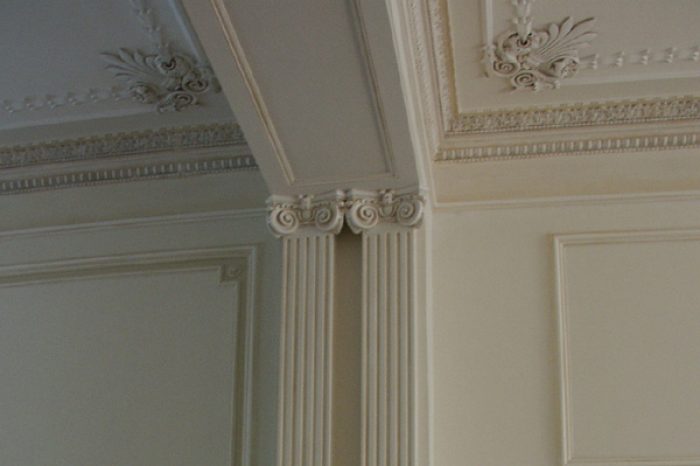- Phone: +44 (0)20 8232 8712
- Email us: cs_interiors@btconnect.com
- Opening Hours: Mon-Fri 8am-5pm
About Us
With over 20 years experience CS Interiors has been involved with the manufacture, restoration and reproduction of ornate plaster. From Cornices & Coving to Ceiling Roses & Corbels.
In addition to our standard range of products, our team can match existing mouldings or manufacture purpose made items from detailed architects drawings or specifically designed to your requirements. We offer a fully comprehensive service which includes design, manufacture and installation, Products can also be purchased on a supply only basis. Attention to detail and quality have always been the number one driving force in our work.
Plaster Moulding Projects
All our projects are individual and responsive to our customer’s requirements. We work with architects, interior designers, contractors and the general public to bring you the ultimate in plaster moulding design including Cornices & Coving, Ceiling Roses & Corbels.
Historical and listed buildings in need of restoration and conservation are services that we specialize in. Our portfolios of works show our extensive abilities and excellence in the work we do. Currently our jobs include; a club in Soho, a large country house near Guilford, a large private residence in Hampshire, an extensive period family house in Earls Court, the refurbishment of 5 flats in Hackney as well as ongoing local jobs in west London.
All our work is performed to the utmost in quality, consistency and accuracy.
What are decorative plaster mouldings, and how do they enhance interior design?
Decorative plaster mouldings encompass various elements such as cornices, coving, ceiling roses, and corbels. These architectural details are crafted from plaster and serve to enhance the aesthetic appeal of a space. They add character, depth, and sophistication to interior design, providing a timeless and elegant look. Cornices, coving, ceiling roses, and corbels can be strategically placed to create visual interest and define architectural features within a room.
What is the purpose of cornices and coving in interior design?
Cornices and coving are architectural mouldings designed to transition smoothly between walls and ceilings. Cornices typically project outward and add a decorative finish to the junction between walls and ceilings, while coving is a concave-shaped moulding that creates a seamless transition. Both serve practical purposes by concealing joints and imperfections, but they are also crucial for adding a touch of sophistication to a room. Cornices and coving are available in various styles, allowing homeowners to choose options that complement their overall design theme.
How do ceiling roses contribute to the overall aesthetic of a room?
Ceiling roses are decorative plaster mouldings that are installed at the center of a ceiling. They originated as functional elements to accommodate the installation of chandeliers or pendant lights. Today, ceiling roses are primarily decorative, adding a focal point to a room’s ceiling. They come in a variety of intricate designs and sizes, allowing homeowners to choose a style that complements the overall decor. Ceiling roses can evoke a sense of grandeur and tradition, making them a popular choice for classic and vintage interior designs.
What are corbels, and how can they be used to enhance architectural details?
Corbels are ornamental brackets or projections that support the weight of overhanging structures. In decorative plaster mouldings, corbels are often used for aesthetic purposes rather than structural support. They can be strategically placed to add visual interest and highlight specific architectural features. Corbels come in various shapes and sizes, offering versatility in design. Homeowners can use corbels to accentuate features such as fireplace mantels, shelves, or doorways, contributing to an overall sense of elegance and craftsmanship.
How durable are decorative plaster mouldings, and what maintenance is required?
Decorative plaster mouldings are known for their durability and longevity. When properly installed and maintained, they can withstand the test of time. Regular cleaning with a soft, dry cloth is usually sufficient to remove dust and maintain their appearance. In the case of minor damages, repairs can be carried out by skilled craftsmen. However, it’s essential to follow proper installation guidelines and ensure that the plaster is applied to a stable surface. Additionally, protective measures should be taken during painting or renovation projects to prevent accidental damage to the mouldings.






